A new theory has radically revised Stephen Hawking’s 1974 theory of black holes to predict that all objects with mass may eventually disappear.


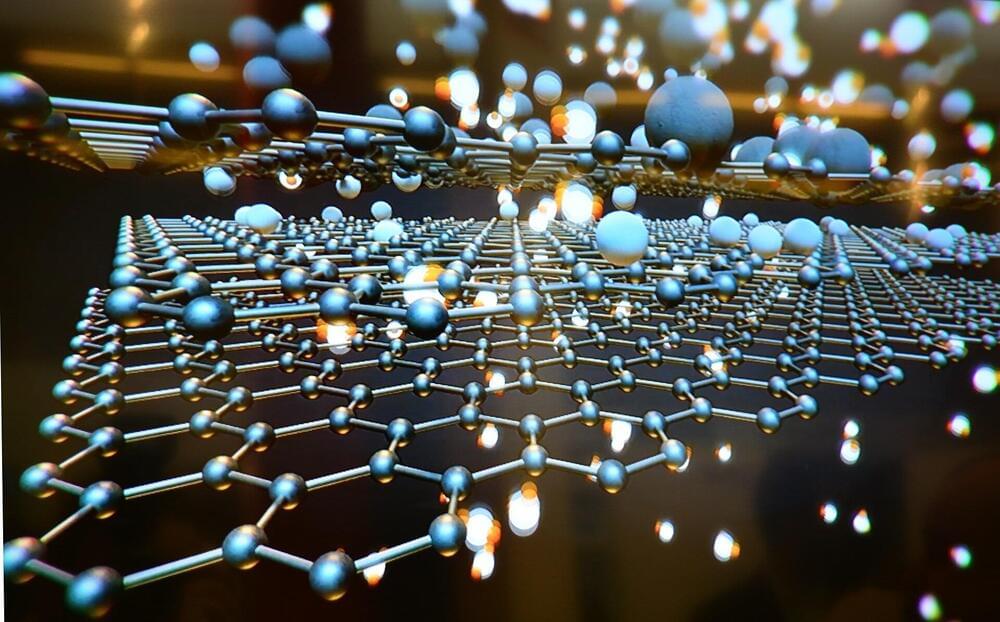
When we communicate with others over wireless networks, information is sent to data centers where it is collected, stored, processed, and distributed. As computational energy usage continues to grow, it is on pace to potentially become the leading source of energy consumption in this century. Memory and logic are physically separated in most modern computers, and therefore the interaction between these two components is very energy intensive in accessing, manipulating, and re-storing data.
A team of researchers from Carnegie Mellon University and Penn State University is exploring materials that could possibly lead to the integration of the memory directly on top of the transistor. By changing the architecture of the microcircuit, processors could be much more efficient and consume less energy. In addition to creating proximity between these components, the nonvolatile materials studied have the potential to eliminate the need for computer memory systems to be refreshed regularly.
Their recent work published in Science explores materials that are ferroelectric, or have a spontaneous electric polarization that can be reversed by the application of an external electric field. Recently discovered wurtzite ferroelectrics, which are mainly composed of materials that are already incorporated in semiconductor technology for integrated circuits, allow for the integration of new power-efficient devices for applications such as non-volatile memory, electro-optics, and energy harvesting.

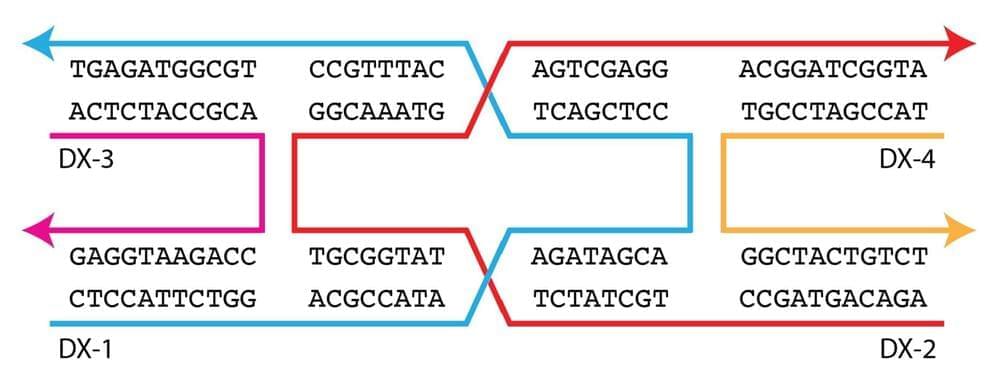
Researchers at the University at Albany’s RNA Institute have demonstrated a new approach to DNA nanostructure assembly that does not require magnesium. The method improves the biostability of the structures, making them more useful and reliable in a range of applications. The work appears in the journal Small this month.
When we think of DNA, the first association that comes to mind is likely genetics—the double helix structure within cells that houses an organism’s blueprint for growth and reproduction. A rapidly evolving area of DNA research is that of DNA nanostructures—synthetic molecules made up of the same building blocks as the DNA found in living cells, which are being engineered to solve critical challenges in applications ranging from medical diagnostics and drug delivery to materials science and data storage.
“In this work, we assembled DNA nanostructures without using magnesium, which is typically used in this process but comes with challenges that ultimately reduce the utility of the nanostructures that are produced,” said Arun Richard Chandrasekaran, corresponding author of the study and senior research scientist at the RNA Institute.
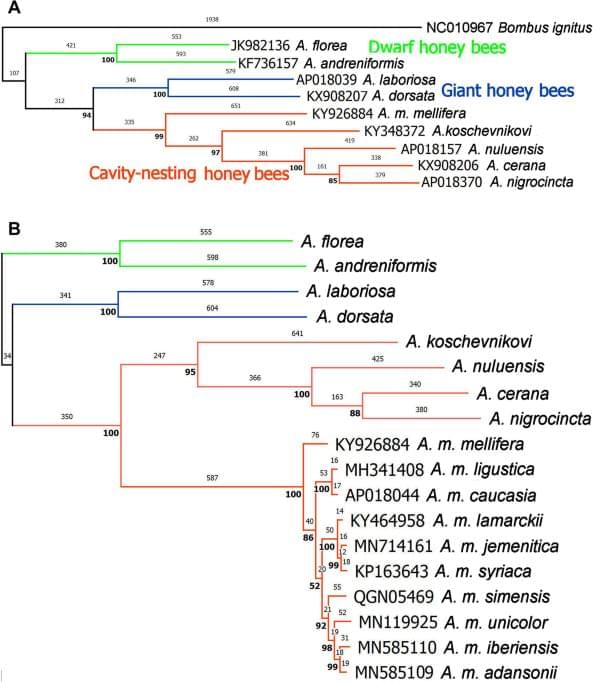
Previous morpho-molecular studies of evolutionary relationships within the economically important genus of honey bees (Apis), including the Western Honey Bee (A. mellifera L.), have suggested Out of Africa or Asia origins and subsequent spread to Europe. I test these hypotheses by a meta-analysis of complete mitochondrial DNA coding regions (11.0 kbp) from 22 nominal subspecies represented by 78 individual sequences in A. mellifera. Parsimony, distance, and likelihood analyses identify six nested clades: Things Fall Apart with Out of Africa or Asia hypotheses. Molecular clock-calibrated phylogeographic analysis shows instead a basal origin of A. m. mellifera in Europe ~ 780 Kya, and expansion to Southeast Europe and Asia Minor ~ 720 Kya. Eurasian bees spread southward via a Levantine/Nilotic/Arabian corridor into Africa ~ 540 Kya.

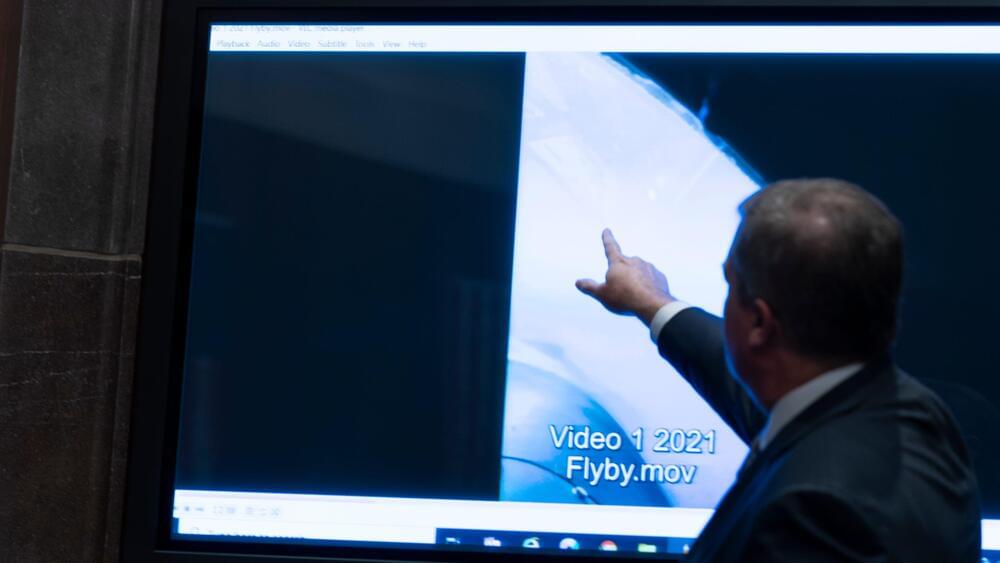
Las Vegas police officers investigated reports of two unknown entities falling from the sky on the same night in late April that a family reported something ‘not human’ in their backyard.
One officer drove to a home on the night of April 30 and interviewed the family who called 911 after making the sighting, according to body camera footage obtained by USA TODAY. One of the family members told the officer they saw “a big creature” that was “long, 10 feet tall.”
The officer told the family he was looking into the claims because another officer saw something in the sky that matched the family’s description eight minutes earlier.
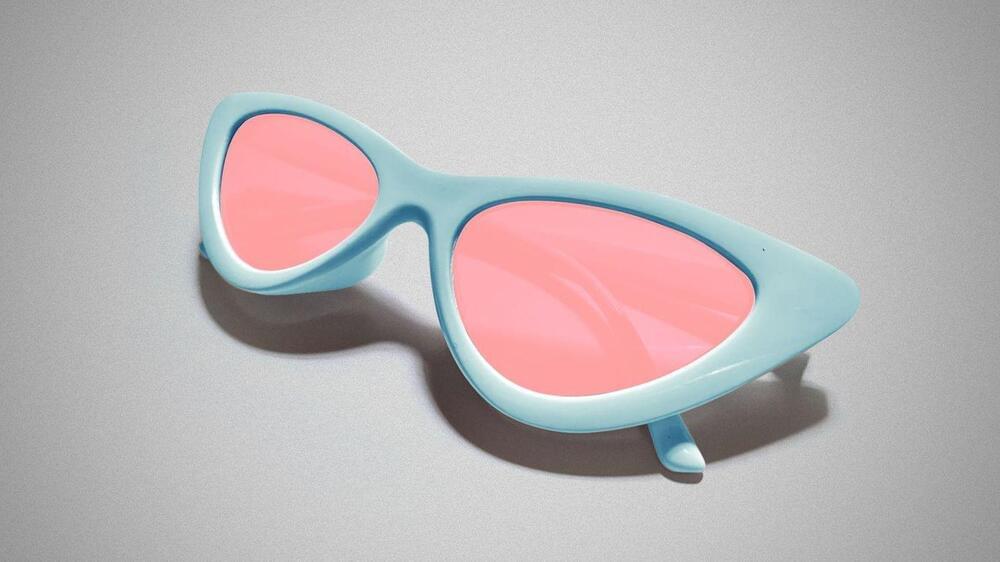


Down beneath the tourist lodges and shops selling keychains and incense, past windswept arroyos and brown valleys speckled with agave, juniper and sagebrush, the rocks of the Grand Canyon seem untethered from time. The oldest ones date back 1.8 billion years, not just eons before humans laid eyes on them, but eons before evolution endowed any organism on this planet with eyes.
Spend long enough in the canyon, and you might start feeling a little unmoored from time yourself. The immense walls form a kind of cocoon, sealing you off from the modern world, with its cell signal and light pollution and disappointments. They draw your eyes relentlessly upward, as in a cathedral.
You might think you are seeing all the way to the top. But up and above are more walls, and above them even more, out of sight except for the occasional glimpse. For the canyon is not just deep. It is broad, too — 18 miles, rim to rim, at its widest. This is no mere cathedral of stone. It is a kingdom: sprawling, self-contained, an alternate reality existing magnificently outside of our own.